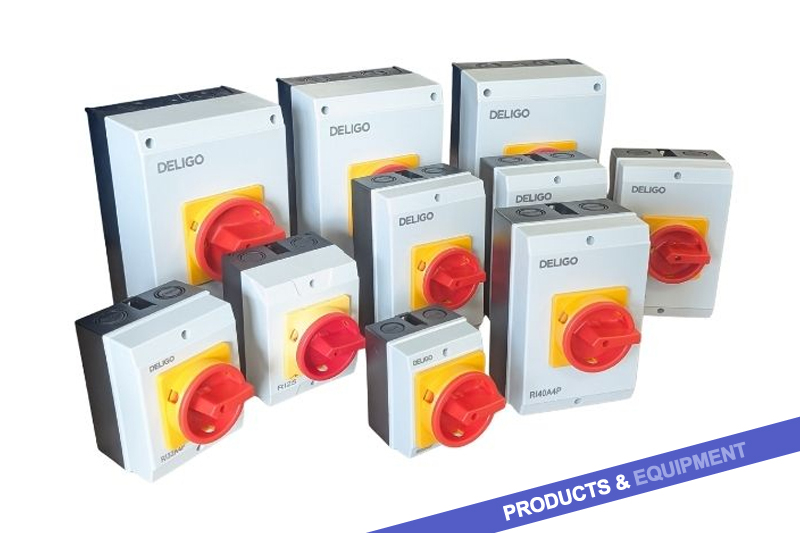When it comes to circuit protection, cutting corners can lead to serious consequences. Nico van der Merwe, VP Home & Distribution UK & Ireland at Schneider Electric, discusses the shortcuts that can lead to short-circuits and how you can avoid them.
A consumer unit is the electrical heart of the home and its vital responsibilities are often overlooked. The devices fitted within a consumer unit can help protect against electrical faults, such as overloads, short circuits, earth leakage, and arc faults. Without this protection, it could result in electric shocks and damage to the cable installation. Arcing can potentially damage cables over time, which leads to an increased risk of fire.
However, having a consumer unit doesn’t guarantee comprehensive protection for customers. Compliance with relevant standards and regulations, whilst considering the type and age of devices inside the unit, is key. Not only is compliance essential for the safety of the home in which the units are installed, the reputation of the businesses that sold, supplied, and installed them is at high risk of being tarnished too.
This highlights the importance of creating a thorough vetting process for consumer unit procurement, as well as checking compliance with the latest standards and getting regular checks of installations. As the consumer unit is the heart of everyone’s home, it is paramount that all the necessary steps are taken to ensure it is as safe as possible.
Don’t just go with the flow, go for those in the know
While there is a vast array of brands out there all vying to secure that position on a shelf within your branch, opting for the right manufacturer is critical not only for the safety of your customers and end users, but also for the reputation of your business. Compromising on quality could cause serious repercussions.
When making that decision on which manufacturer’s product you are going to stock, the quality of the product, the reputation of the manufacturer, as well as the availability of future support should all be considered before making your selection. Doing this will give you peace of mind that you have done as much as you can to ensure the safety of your customers and the end users.
So, what are the key things to look out for when selecting a manufacturer?
- Go for those in the know– Looking for a manufacturer that specialises in circuit protection is maybe the most obvious tip, but it is the clearest way of knowing that the products they supply are high-spec and built to the latest industry standards.
- BEAMA Membership– You would be surprised at the number of manufacturers that are not members of BEAMA, the UK’s trade association for electrical manufacturers and providers of energy infrastructure technologies and systems. Members of BEAMA are committed to building products in line with their high standards, allowing you to buy with added confidence.
- Future Ready– Consumer units aren’t something that you rip out and replace every 2-3 years, they are a mainstay of a household’s electrical system. If an older unit needs to be repaired, your customers may need access to spare parts for products that may be 10-15 years old. In the same vein, a company that innovates its products to factor in potential future changes is one that you know has the market knowledge and experience to depend upon.
Taking these steps to assess your manufacturer of choice will not only give you clarity of choice in the short term, but it will enable you longer, healthier relationships with customers who experience fewer faults as a result of safer, more reliable equipment. A little knowledge and effort go a long way toward making sure your customers’ (and their customers’) needs are met.
Learn more here






